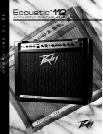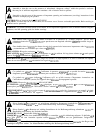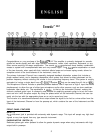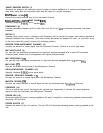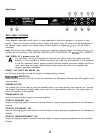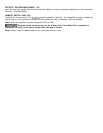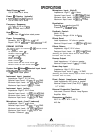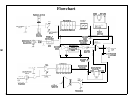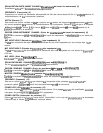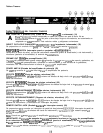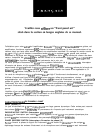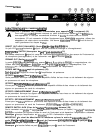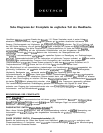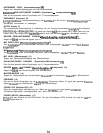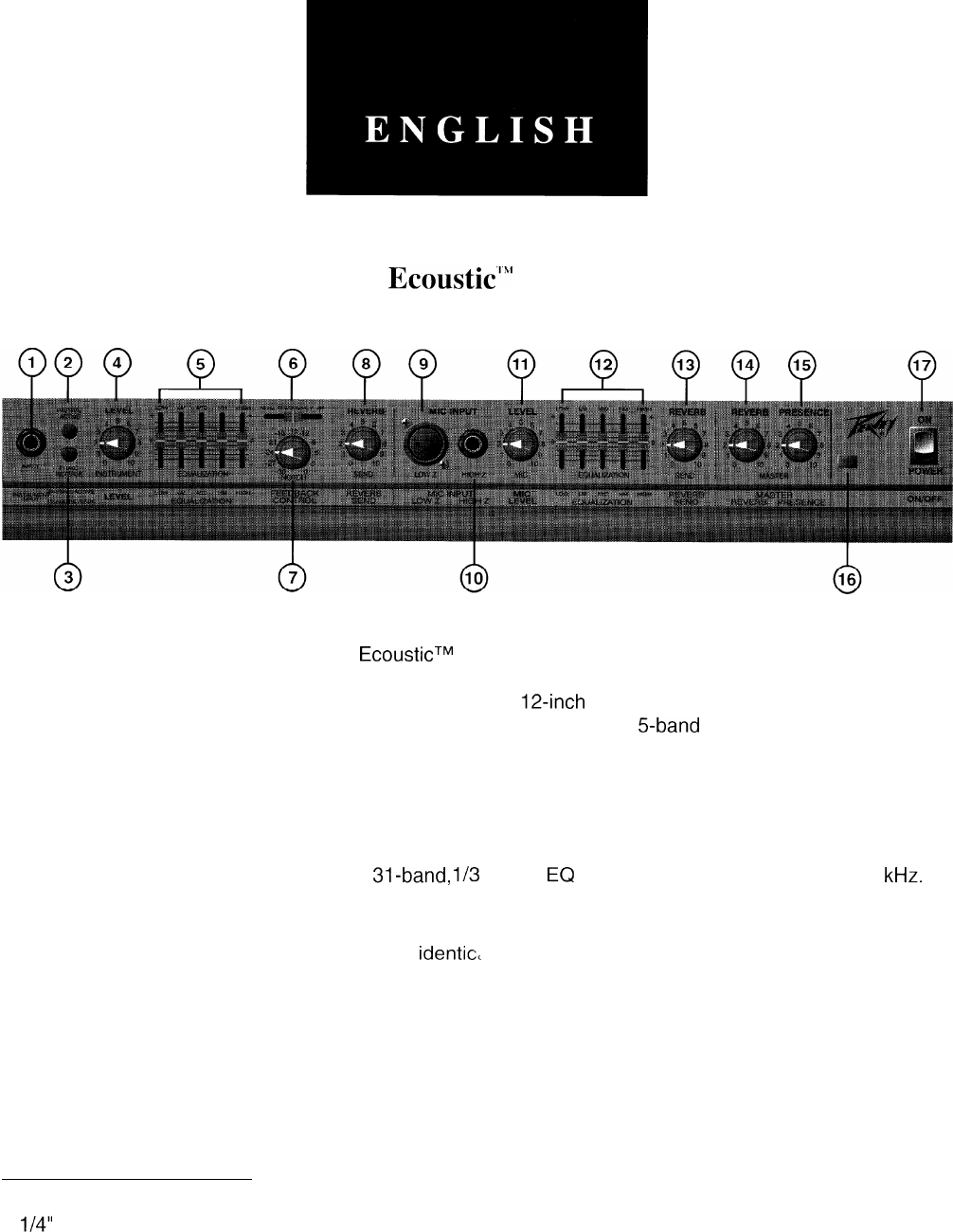
Ecoustic’”
112
Congratulations on your purchase of the Ecoustic
TM
112 This amplifier is primarily designed for acoustic
.
guitars but works equally well with other acoustic instruments, vocals, drum machines, keyboards, or any
other source requiring full-range amplification. The coaxial, 12-inch woofer/soft dome tweeter combination
creates a system with uncompromised lows and very smooth highs. The
5band
active equalization on each
of the two channels, when used with their individual effects loops and on-board spring reverb, allows for
complete control of the tonal balance of the instrument, vocal, etc.
The primary Instrument Channel has a specially designed feedback elimination system that includes a
phase reversal switch, and a frequency sweepable notch system that allows for exact placement on the
problem frequency without reducing the volume in the surrounding frequency band. This system is roughly
equivalent to having a single band from a 31-band,
l/3
octave
EQ
that can be swept from 40 Hz to 2
kHz.
The Microphone Channel includes a phantom-powered balance Low-Z input and a High-Z input that works
simultaneously to allow the use of either type microphone and/or other sources, such as drum machines,
keyboards, tape decks, etc. The equalization is
identic
to that on the Instrument Channel, making this
channel a second guitar input. A commonly used method for amplifying acoustic guitar is to mic the instru-
ment and mix it with the piezo output. By using the phase switch on the Instrument Channel, the user can
easily mix the two with the appropriate phase so as not to cancel any lows.
The inclusion of a transformer-balanced direct output allows the signal to be fed to a mixer either from the
Input of the Instrument Channel or from the preamp out, which contains the sum of the Instrument and Mic
Channels.
FRONT PANEL FEATURES
INPUT (1)
A
l/4”
instrument jack is provided with extremely wide dynamic range. This input will accept very high level
signals or very low signals from any type acoustic instrument.
PASSIVE/ACTIVE SWITCH (2)
Reduces system gain when pressed to allow for greater dynamic range when using instruments with high
output built-in preamps.
3



